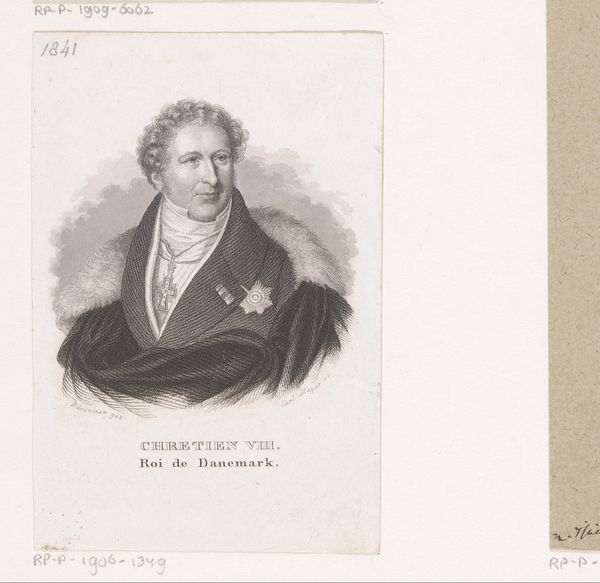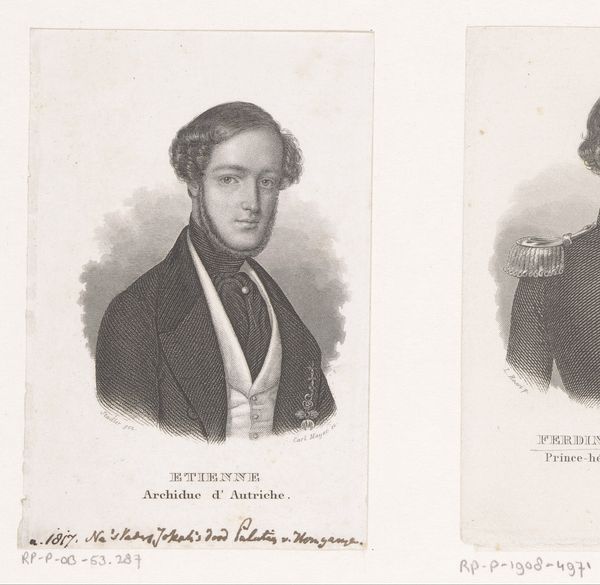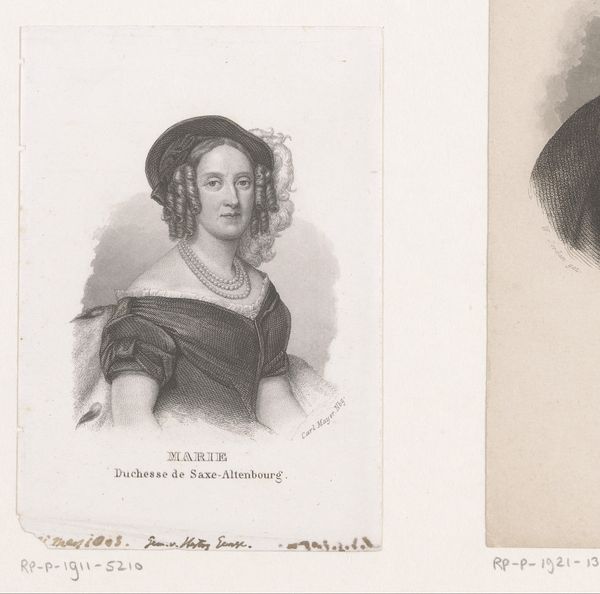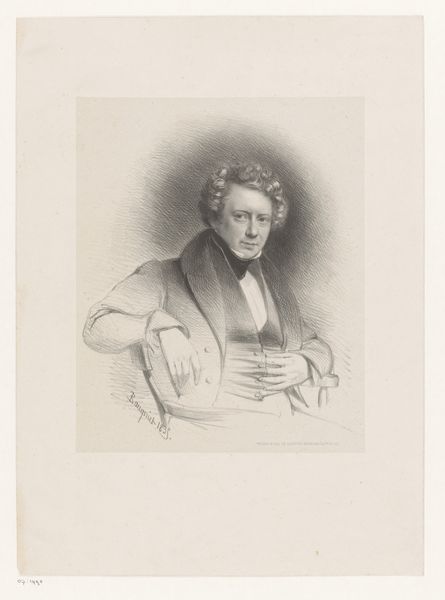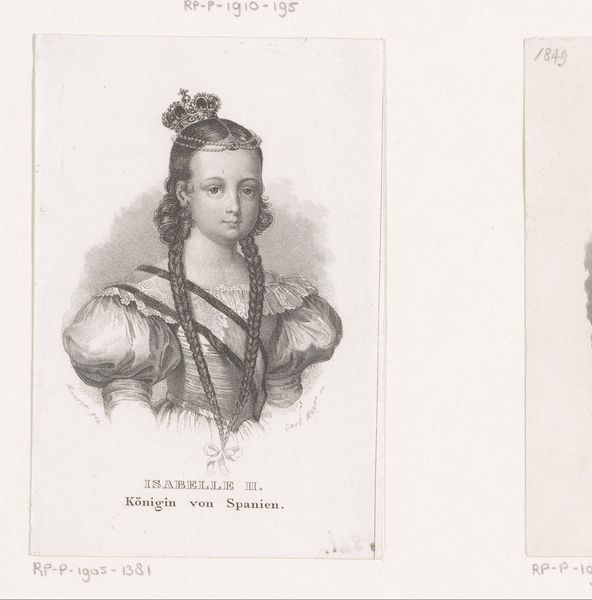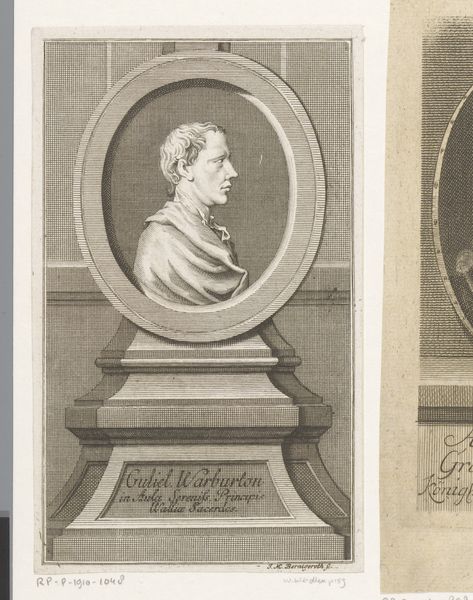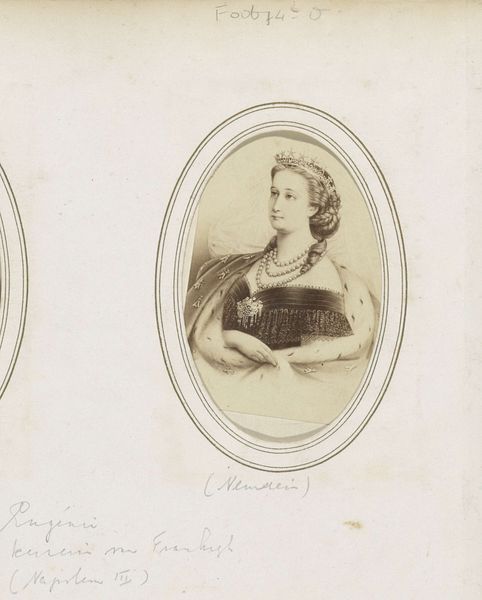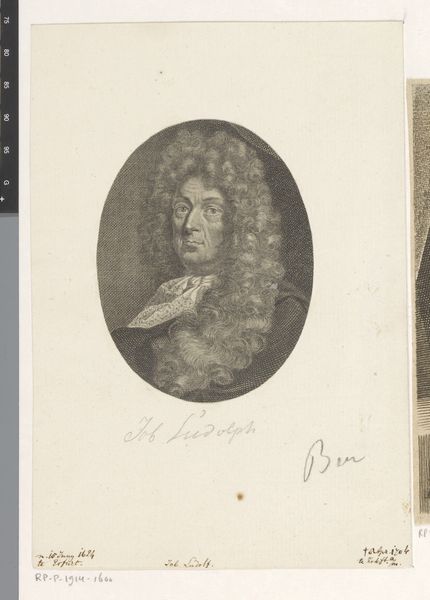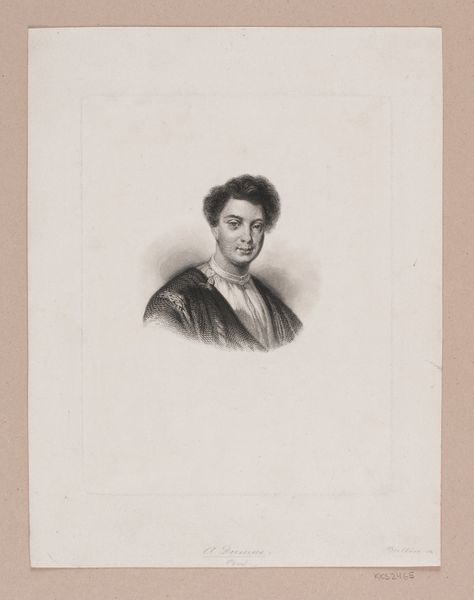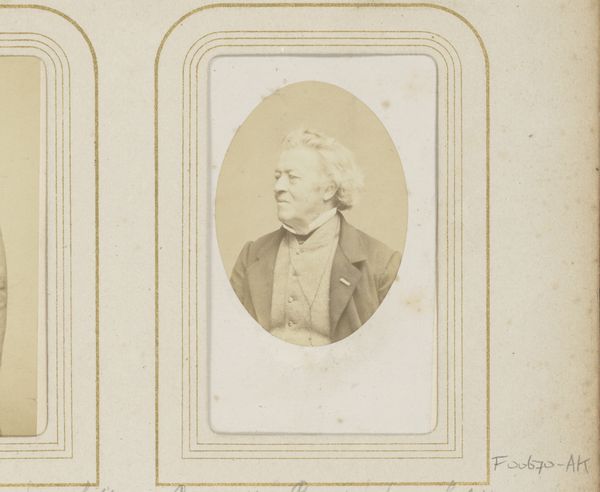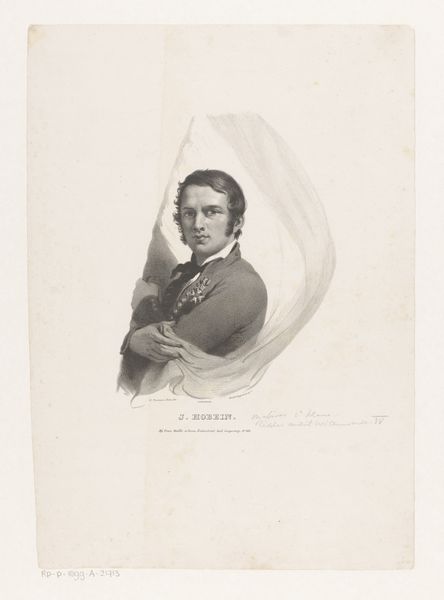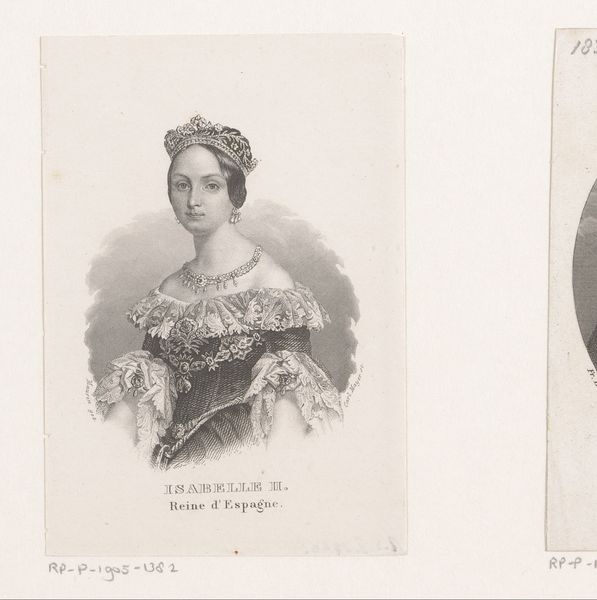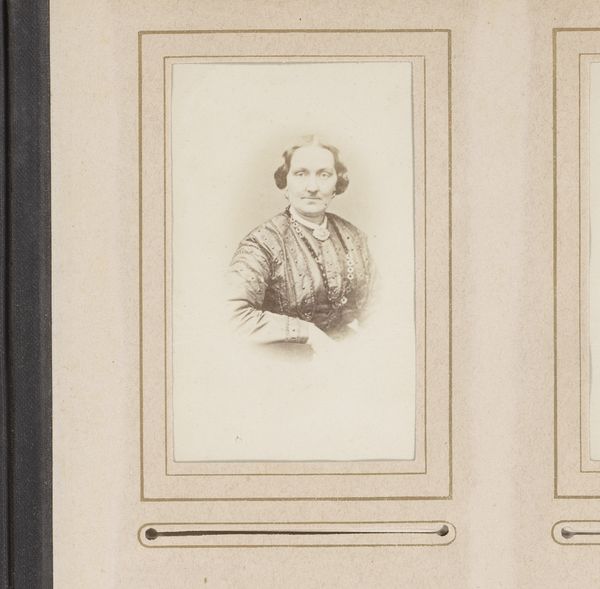
drawing, pencil
#
portrait
#
drawing
#
pencil drawing
#
pencil
#
academic-art
#
realism
Dimensions: height 106 mm, width 70 mm
Copyright: Rijks Museum: Open Domain
Curator: This drawing presents a portrait of Karl, Königlicher Prinz von Bayern, created by Carl Mayer between 1808 and 1868. The artwork resides here with us at the Rijksmuseum. Editor: My first impression is the almost photographic precision achieved solely with pencil. There’s a striking stillness, an intense focus on capturing the likeness, and perhaps more on the status, of the subject. Curator: Absolutely. The choice of pencil, a relatively accessible and inexpensive medium, allowed for wider distribution of his image. Pencil drawings like this played a significant role in disseminating aristocratic likenesses to the public. Consider this drawing's role alongside engravings and printed portraits, impacting political visibility. Editor: Yes, but let's also consider the labor invested. The sheer number of lines, the cross-hatching to create shadows, it suggests a dedication to craft. I am thinking about who commissioned it and where this specific piece was consumed: in aristocratic circles, print rooms or something else? How was the physical drawing made and valued in the studio, and subsequently after being in a collection like ours? Curator: That is a relevant aspect; these works affirmed social hierarchies. Notice the strategic presentation: his garments denote power, perhaps his regimental uniform, carefully detailed embellishments rendered precisely to convey importance. I also note the setting: why this man ended up as a suitable subject to be portrayed is a central piece. The work's existence affirms political ideologies. Editor: Indeed. I find it interesting that realism and this intense naturalism became increasingly favored, a divergence from earlier portrait styles that idealized subjects. We could ask: How much does a work like this perpetuate societal structures or critique them? Curator: And what mechanisms and networks facilitate its transition into institutional validation through museumification? How do we critically evaluate and represent its socio-political function and aesthetic value now? Editor: Good point, it all ties back into what gets collected and what gets omitted. Seeing the hand and work in the material does invite introspection on the means of production in art. Curator: To be aware of these multiple viewpoints will always challenge us to look beyond the subject matter alone. Editor: Ultimately, that's how an artifact speaks across time.
Comments
No comments
Be the first to comment and join the conversation on the ultimate creative platform.
